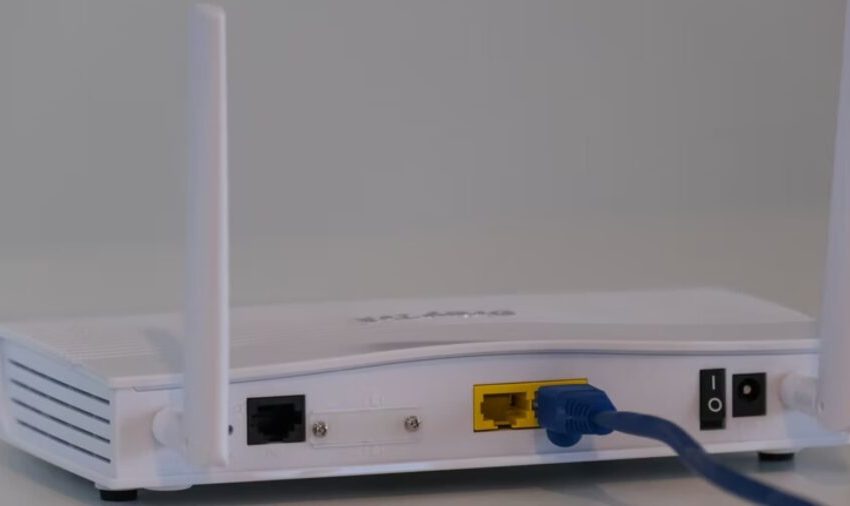
Brussels, Europe Brief News –It’s possible that you’re confused about why do cellular modems have multiple antennas and what advantages these antennas provide. This article on the blog will investigate the answer to that issue and describe some of the additional benefits that using numerous antennas may provide.
The majority of contemporary Wi-Fi modems, such as The Netgear Nighthawk and TP-Link AC 1750 SMART Wi-Fi modems, now come with between three and six antennas, in contrast to earlier modems that often only featured one or two antennas. Why don’t we go through these reasons again?
Reasons Why Do Cellular Modems Have Multiple Antenna?
A cellular modem is a device that transforms the signal from a wireless carrier into an internet connection. Cellular modems are becoming more common. You may have seen a few of them perched atop buildings or perhaps on the exterior of your own home. They typically consist of three to four antennas; however, some variants have as many as ten antennae. When there are more antennae, the signal may be transformed into an internet connection at a higher strength and more incredible speed.
Read More: Europol And FBI Take Down RaidForums
The reality is that cellular modems need several antennas, and there are three main reasons for this. The first justification for this is that every antenna can cover a unique frequency range. The following two questions concern either receiving information from two cells at the same time or transmitting information to two cells at the same time.
It is common knowledge that cellular modems are notoriously tricky to install. This is because they need the assistance of a trained professional to appropriately place all of the antennas in such a manner that they get an ideal signal from all directions.
If the setup is not done correctly, these devices may only be able to pick up signals from one side or the other. They may have trouble delivering data rapidly enough for you to view movies, play games, or browse the internet without experiencing interruptions.
Why Does The Number of Antennas Matter?
The number of modem antennas affects WiFi quality, speed, and range. If you have 10 WiFi-enabled devices and one antenna, they’ll all share the same signal.
More antennas improve each device’s signal and reduce interference. A modem with numerous antennas might boost home internet speeds.
More antennae mean more excellent modem coverage. Multiple antennas may enhance wireless signal direction. This is important if you have several devices on your WiFi network and want speedy internet for them all.
Also Read: Here Is Why Inventory Should be Digital
An antenna transforms radio waves into electric impulses for wireless communication. You must position this antenna in the same direction as other antennae to receive a strong WiFi signal across your home.
Conclusion
Why do cellular modems have multiple antennas? Most modems have multiple antennas for optimal coverage. Routers with multiple antennas may broadcast numerous data streams (MIMO (Multiple Input/Multiple Output)). This helps families with several WiFi users or weak reception get more signals.


